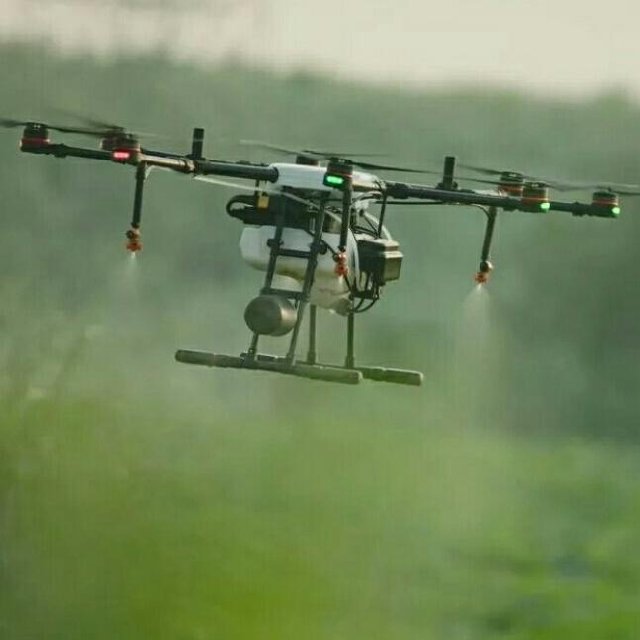Since 2020-2021, the use of agricultural UAV drones has increased significantly,
and all the data indicate that the use of drones in agriculture is expecting to increase.
DroneDeploy, a drone software company, said that from mid-March to mid-April 2021,
the number of agricultural UAV drones takeoffs among U.S. agricultural customers increased by 33%.
Since the emergence of the covid-19, there has been a growing trend of drones in agriculture.
According to data from the San Francisco-based software company, from 2018 to 2019, DroneDeploy's drone flights in the entire agricultural vertical increased by 32%,
and in drone analysis, agricultural land increased by 55%.
This trend is expect to continue to grow.
Meticulous Research's "Global Agricultural UAV Market Forecast to 2025" report predicts that by 2019, the global agricultural UAV market is expected to grow at a compound annual growth rate of 31.1%, reaching $5.19 billion by 2025.

Although Europe and Asia have also seen growth, most agricultural drones are operating in North America.
The Meticulous Research report stated:
"The main share of the region is mainly attributable to the growing demand for high-quality crops, rising labor costs, increased automation of agricultural practices, and favorable regulations on the use of small drones for agriculture."
As a largely agricultural country, China has more than 728 million hectares of basic farmland.
A large number of people are required to engage in agricultural plant operations every year.
Experts predict that by 2021, the demand for agricultural drones in China will be 100,000 units,
and the demand for drone practitioners will be 400,000 people.
Experts say that drones are not only a novelty in agriculture but also a necessity.
According to the Food and Agriculture Organization forecast, by 2050, the global population will reach 9.1 billion,
which means that food production should increase by at least 70% to feed that many people.
Drones have various applications in agriculture.
Agricultural drones had used to predict weather patterns during the growing season, to seeds, and even detect crops' diseases.
They can spray pesticides, herbicides, and fertilizers 40-60% faster than manual spraying while saving 30-50% of chemicals. According to a report by Meticulous Research, they can save up to 90% of traditional agricultural water.
DJI, XAG, AeroVironment, Israel Aerospace Industries, PrecisionHawk, Trimble, Sentera, and Parrot are the largest players in the agricultural drone market.
DJI is particularly interesting because although most people like camera drones like the popular Mavic and Phantom drones, they also make the $15,000 Agras MG-1S drone,
which is usually considered to be one of the best agricultural drones there.
In addition,
there are many companies involve in the production of agricultural drones,
and even countless operators DIY themselves to provide more cost-effective products and services.
In the past 2.5 years, DroneDeploy clients have analyzed a total of 7.6 million acres of American farmland.
This is slightly larger than the entire area of Belgium.

